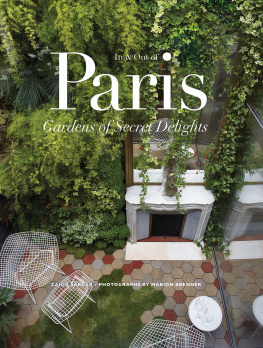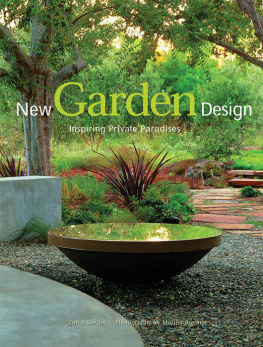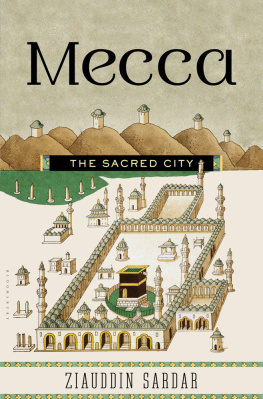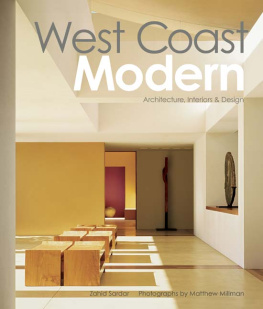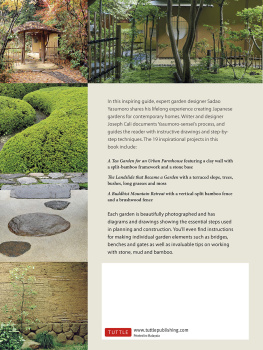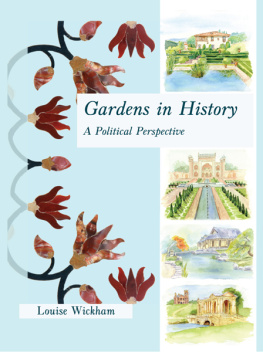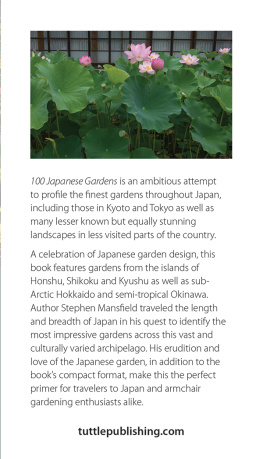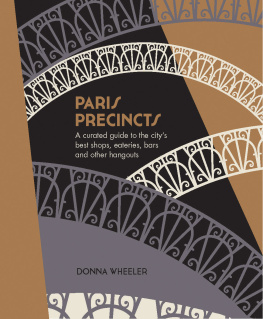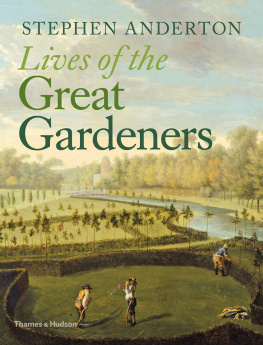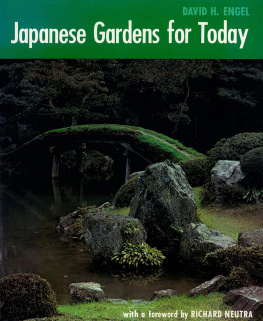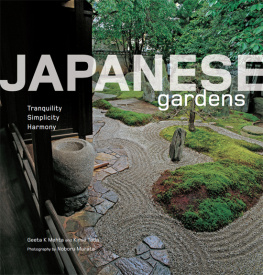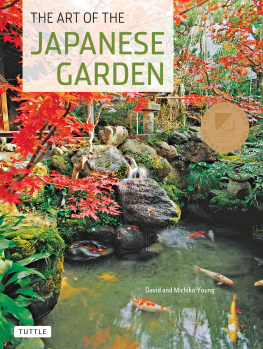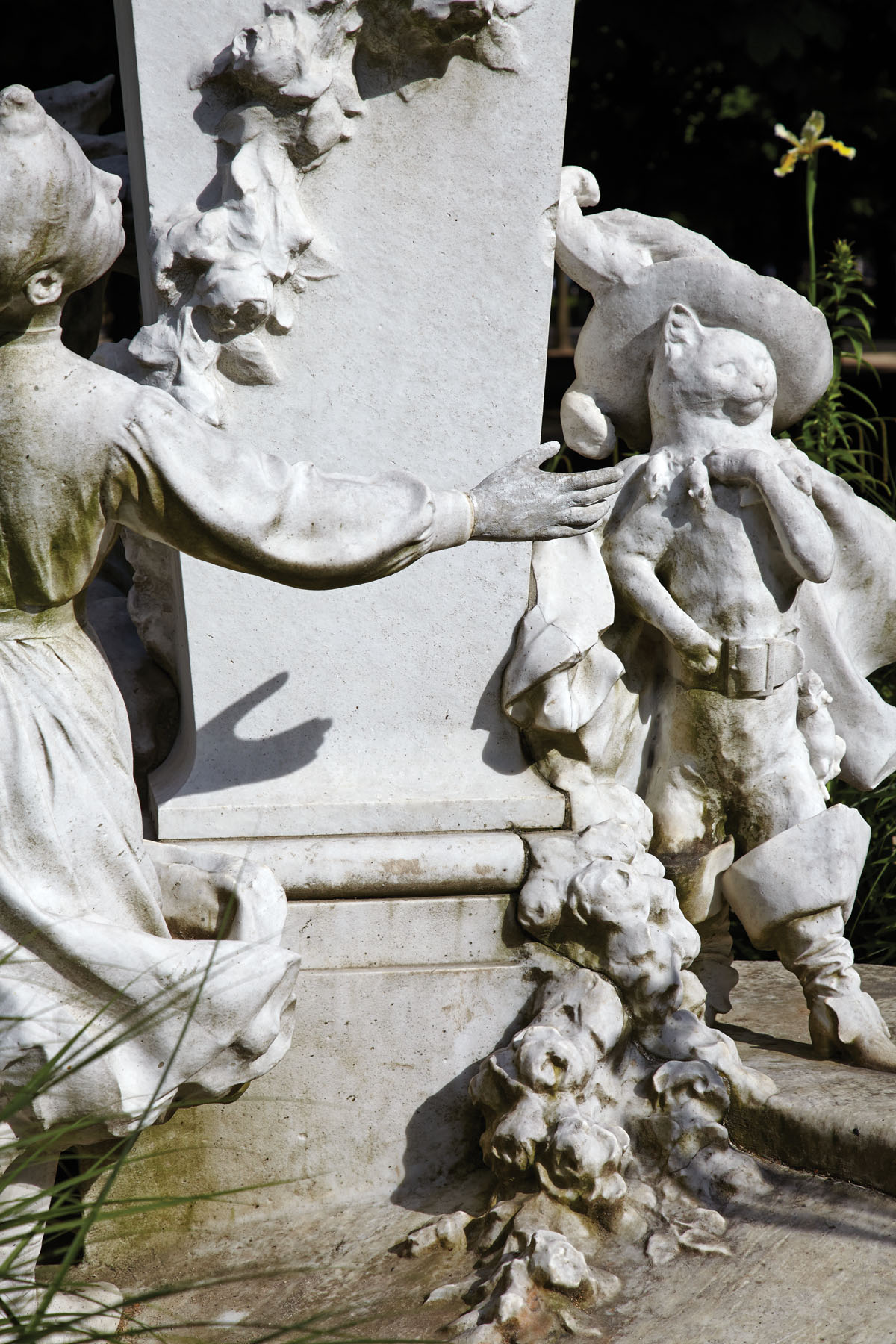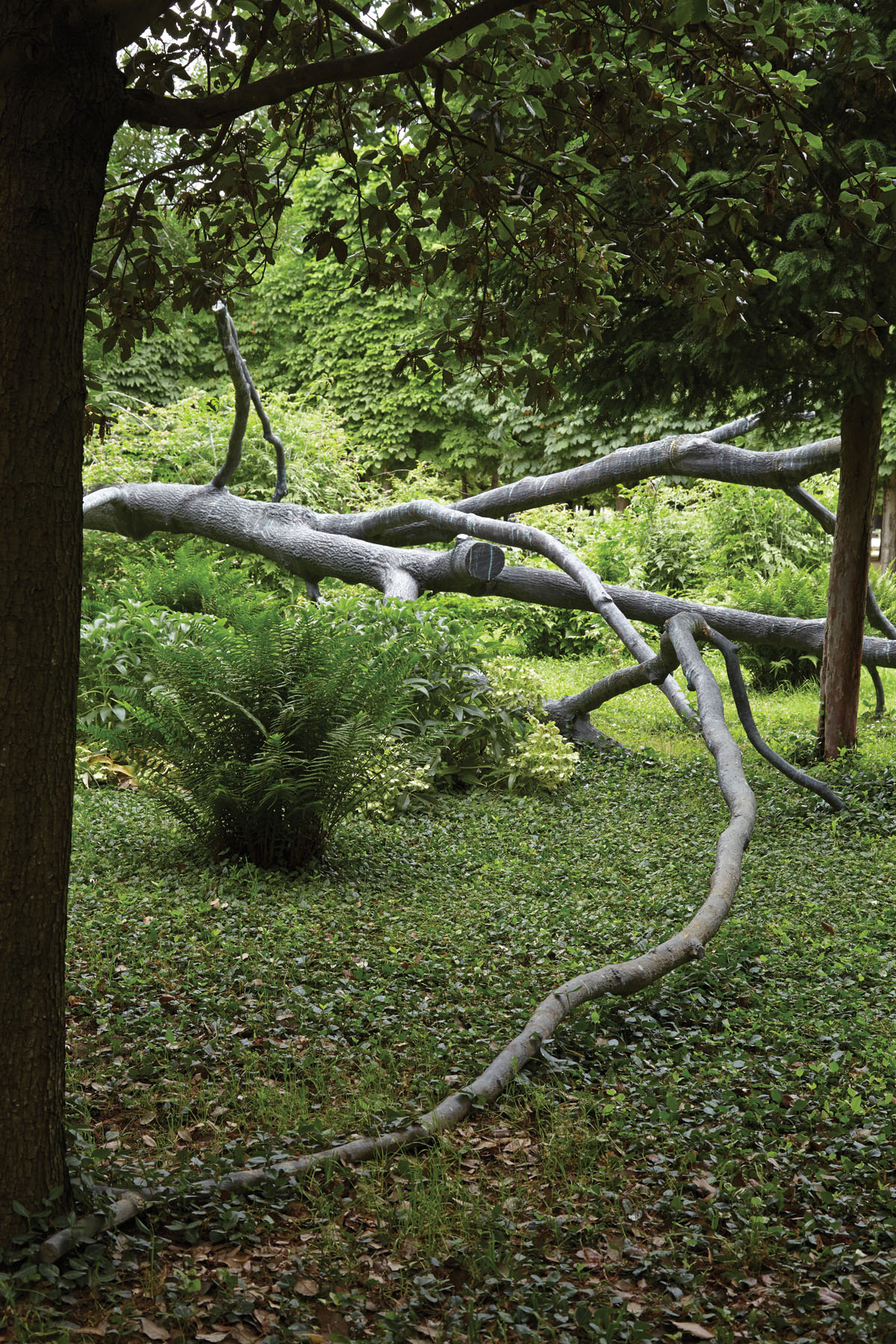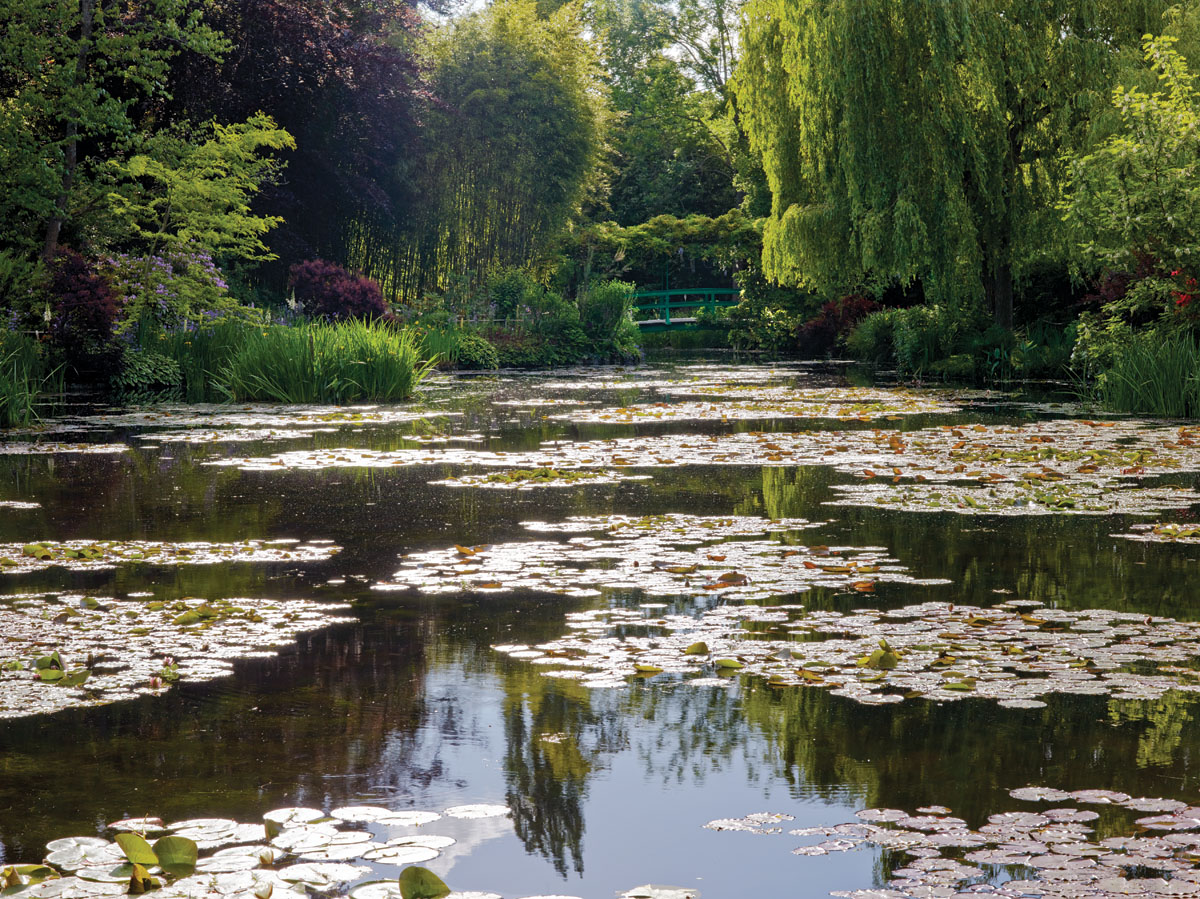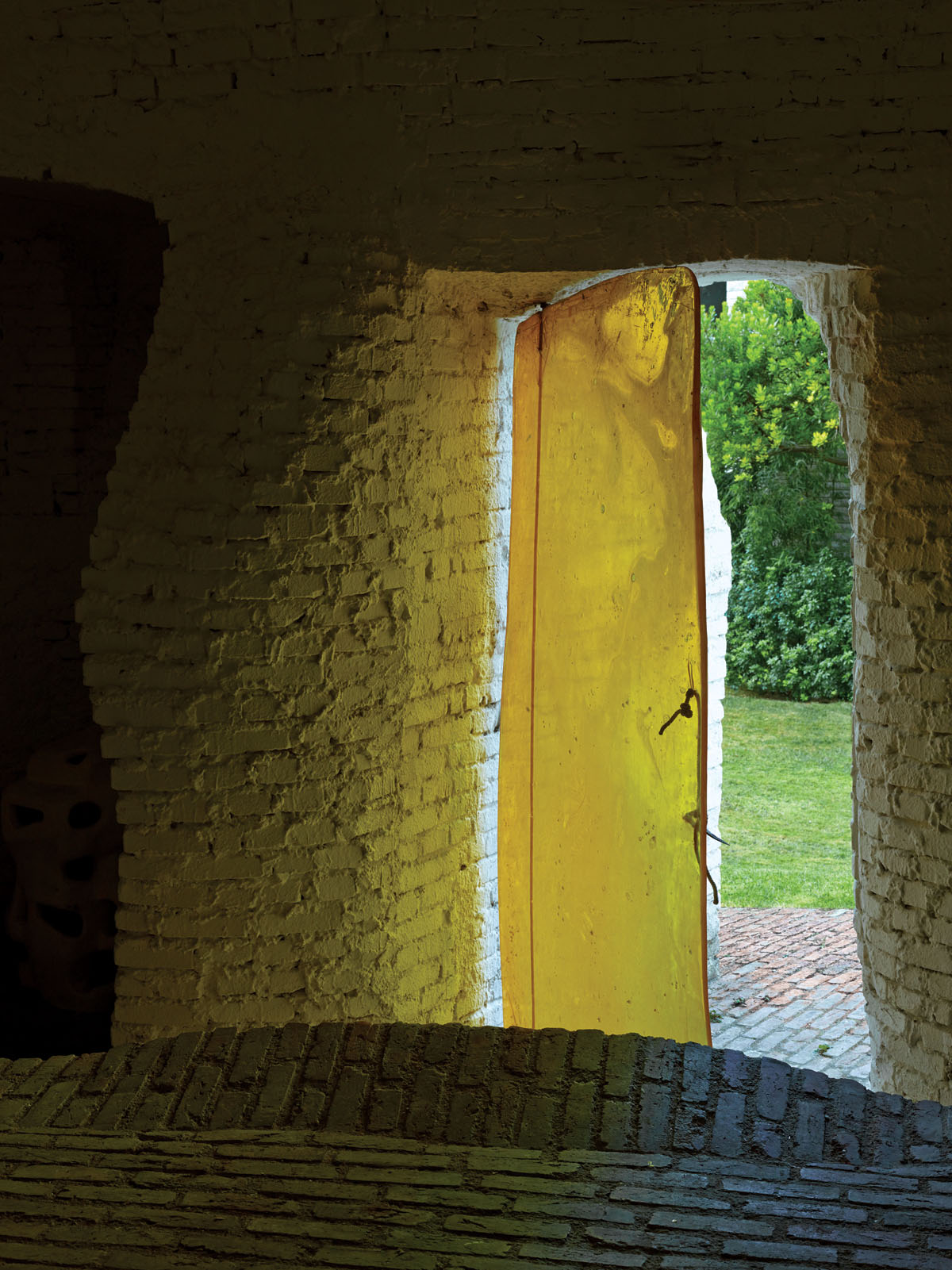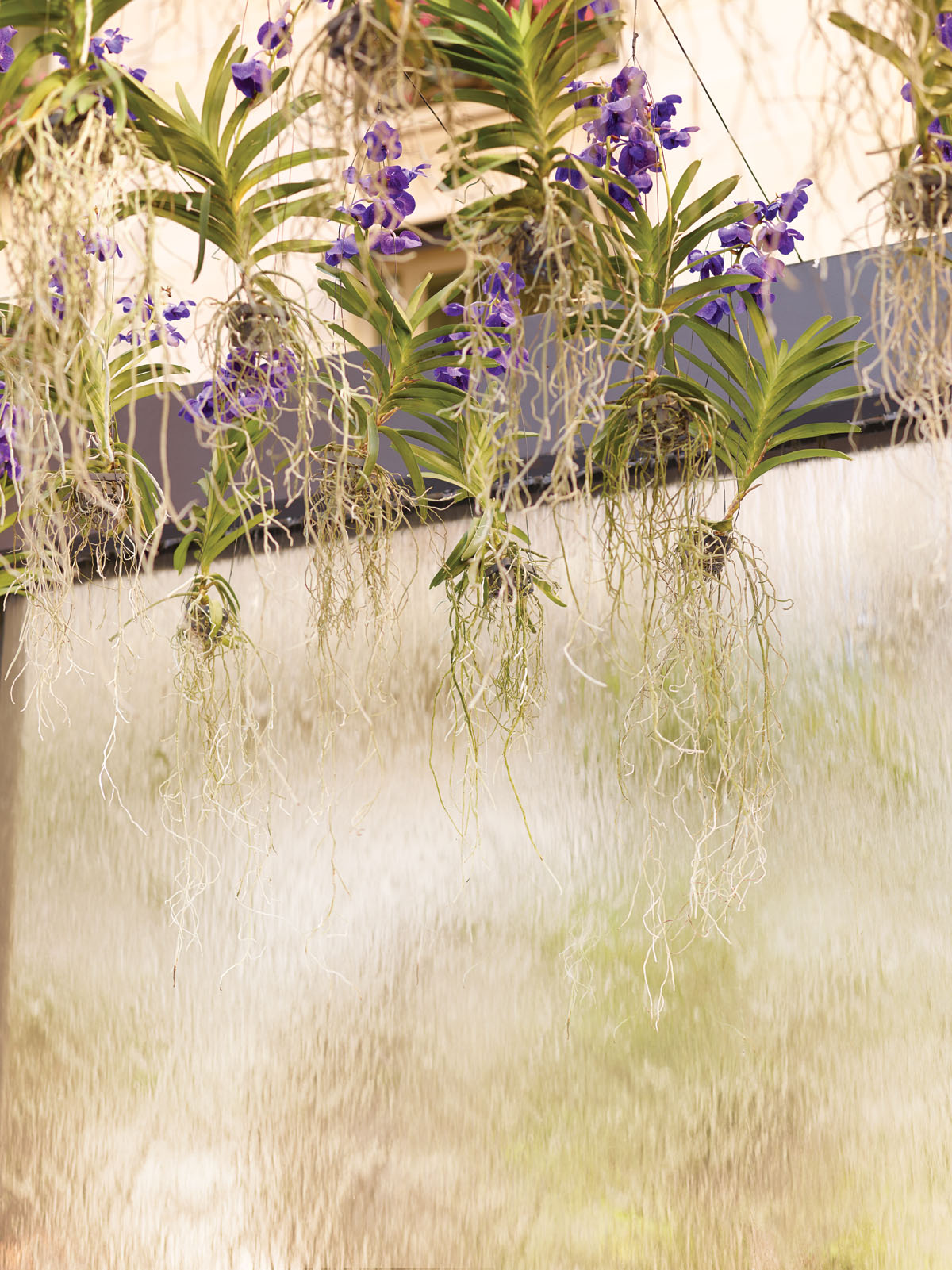Introduction
Let us cultivate our garden.
Voltaire
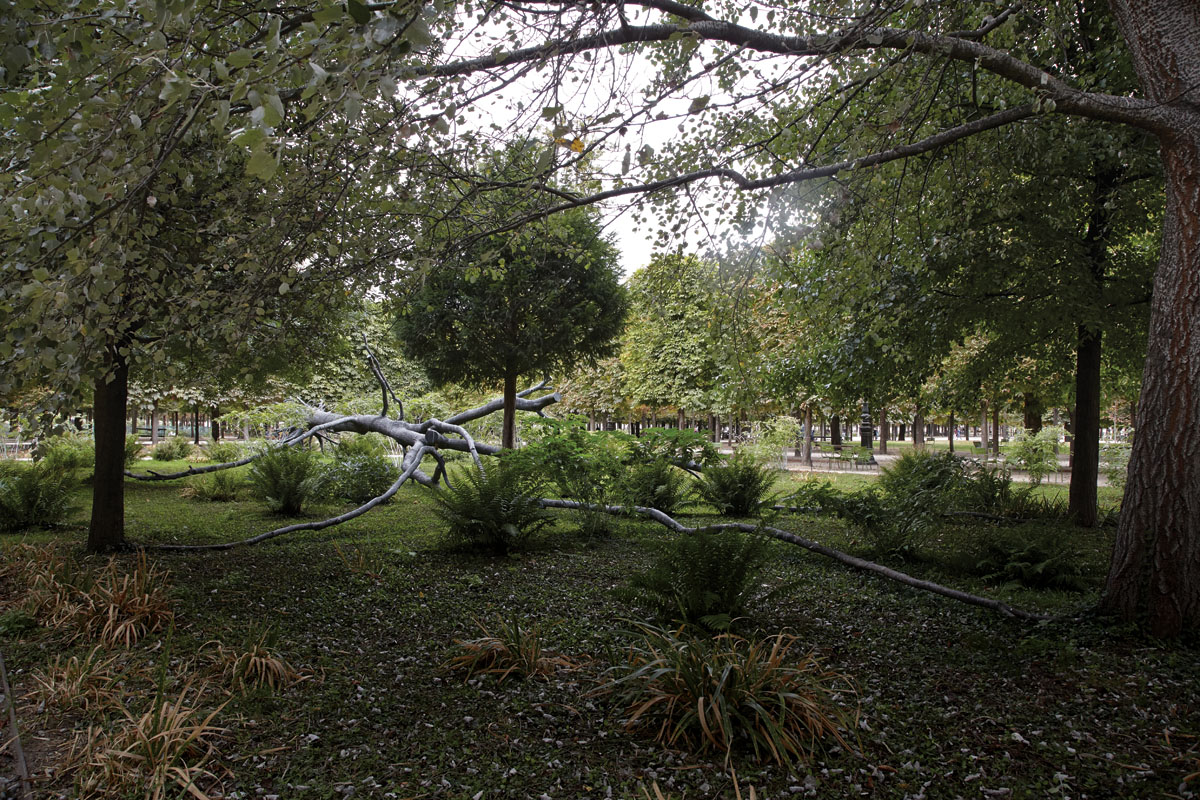
The Tree of Vowels by sculptor Giuseppe Penone.
Outside the Walls
Paris, garden city
A walk about Paris will provide lessons in history, beauty, and in the point of life, the statesman Thomas Jefferson said, bedazzled by the French capital in 1844, decades before Baron Haussmann, the prefect of Paris under Napoleon III, turned it into the verdant architectural marvel we know.
However, Jefferson would have seen the seeds of Pariss greening sown some three centuries earlier at Tuileries Palace, where Henry IIs queen, Catherine de Medici, broke from Gothic traditions and encouraged a true absorption of Italian Renaissance garden ideals.
Her Tuileries Palace and Garden along the Seine were conceived in 1564, a few years after she abandoned the stultifying confines of medieval Paris, where her home, now replaced by Place des Vosges in the Marais, was the site of a celebratory joust that killed her husband. The widowed queen stood in for her three ineffectual sons, who were consecutive kings of France, first in the fortified Louvre outside the old city walls and then in a palace she built just west of it over a clay quarry where tuiles, or tiles, used to be made. Architect Philibert de LOrme, who worked on chateaus outside Paris for the queens archrival, Henry IIs mistress, Diane de Poitiers, designed the palace. Seeking more civilized entertainment befitting absolute monarchs, de Medici commissioned an Italian, Bernard de Carnesse, to design something akin to the Florentine gardens of her youth. She wanted it to be the largest, most beautiful pleasure garden the city had ever known.
Francis I, de Medicis father-in-law and the engine of the French Renaissance, who had Italian artists such as Leonardo da Vinci in his retinue, had tried at his chateaus scattered in Blois, Chambord, and Fontainebleau to recreate gardens he had seen during expansionist campaigns in Italy, but the Tuileries Garden was not only more cohesive, it was truly Italian. More significantly, it fuelled one of the most important expansions of millennia-old Paris, which would then continue to grow in concentric rings around the citys ancient core.
The Tuileries sixteenth-century design went beyond the squared rigidity of monkish utilitarian herb gardens of lavender, marjoram, mint, and thyme. Its rectangular compartments, or parquets, divided by a grid of gravel-covered strolling paths, had sections decorated with the low-growing violets, lilies of the valley, primroses, peonies, irises, calendulas, snowdrops, and Lilium candidum of the medieval garden, as well as allegorical statues, fountains, a labyrinth, a grotto (an Italian Mannerist feature that became an essential and recurring motif in French gardens well into the nineteenth century) with colorful faience images of plants and animals, lawns, intimate groves of trees, kitchen gardens or potagers, and a vineyard. This all made for a joyful venue for cultured entertainment and lavish parties to rival those at de Medicis country chateau in Chenonceau.
Some years after de Medicis death in 1589, the 38-acre Tuileries Gardenwhich is nearly six times as large as the Louvres Cour Napoleon, where architect I. M. Peis 1989 glass pyramid now standswas greatly altered by Henry IV and Marie de Medici, his Florentine queen who later became regent to a young Louis XIII and built herself the Luxembourg Palace and Gardens. Tuileries Palace, home to many monarchs after them, remained a work in progress until the nineteenth century, when it nearly closed off the U-shaped Louvre to form an interior courtyard. Shortly after that, the palace was torched and destroyed by rebels of the Paris Commune in 1871, the same year a defeated Napoleon III slipped into exile. However, many vestiges of the original Tuileries Garden remained intact alongside the gardens seventeenth-century additions.
The evolution and adaptation of the Tuileries both influenced and reflected garden trends in the le-de-France, as the Seine Valley around Paris is called. The Tuileries was a garden to stroll in, but like other palatial gardens, French gardeners gradually redesigned it to be viewed from piano nobile windows and raised terraces. In time, its symmetrically arranged Italianate parquet enclosures on each side of a central axis were replaced by parterres, or planting beds on the ground, that were decorated not just with flowers but also low, clipped dwarf box hedges that looked like the curvilinear arabesque patterns on woven Turkish carpets and embroidered silk brocades. These parterres de broderie, which brought sensuous curves and diagonals to rectilinear garden plans, were accented with brick dust, colored clay, and sand sprinkled between the boxwood so that they could be better viewed from a distance.
Parterres devised by Jacques Boyceau, superintendent of royal gardens under Louis XIII, and Jacques Mollet, who worked at de Poitiers Chateau dAnet, where Italian formal gardening was first introduced, were later mastered by Mollets son, Claude Mollet, the royal gardener for Henry IV, Louis XIII, and Louis XIV, and embroidered parterres edged with boxwood like those at the Tuileries became the essence of French formal gardens. They were the carpets of outdoor rooms that began to be more clearly defined. Ornamental architectural trellises and arbors of wood for shade evolved into canopies of stone, and groves of trees were clipped into green walls to form

